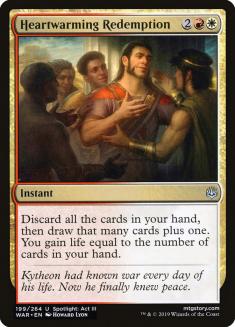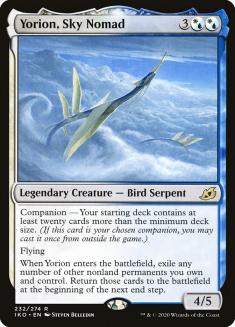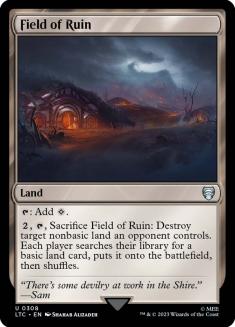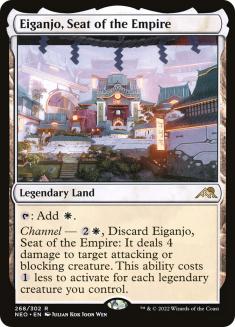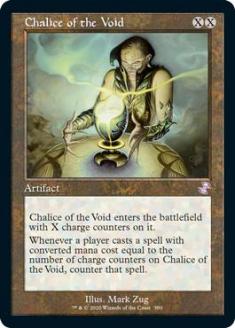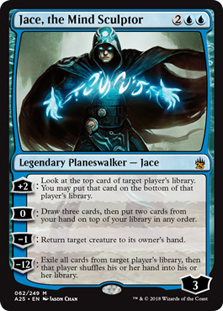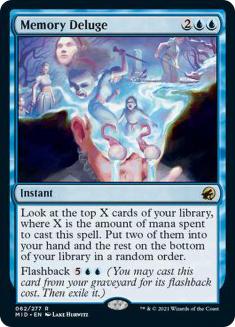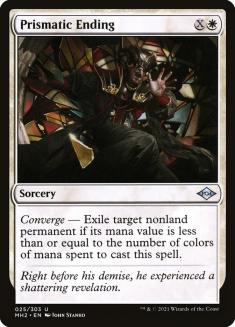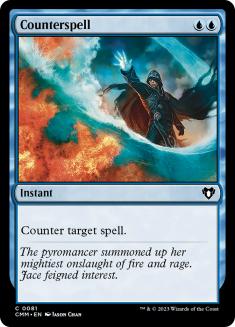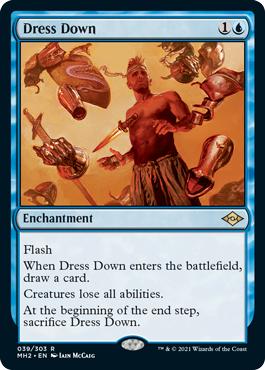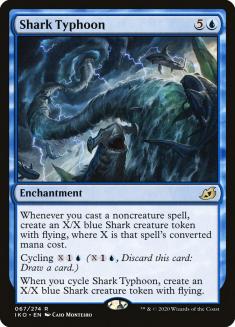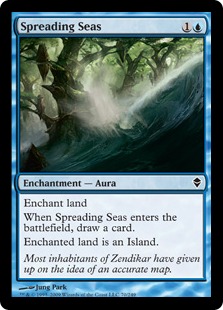I have been looking forward to this weekend for a very long time.
The moment an event is announced, I eagerly check the format, hoping it is a team event. In the hierarchy of events, it is my favorite tournament setup by a country mile.
It is easy to feel isolated in a game like Magic, even when traveling and playing with friends. Most competitive tournaments are individual events, where the joy of winning and the despair of losing falls largely on one person. I have always been a hype man, rooting on my friends and teammates in competitive events over the last twenty years; however, my individual performance weighed on me in a much heavier way.
In Magic, players often associate results with their overall perception of specific individuals. This creates an unhealthy expectation, distorting one’s feeling of self-worth, and is something I have never supported in any fashion. Even when times were great and the wins were flowing, my demeanor and general interaction with players at a Magic tournament did not change. This weekend, I am easily the worst player on my team, but that will not affect my event in the slightest. Teaming with Eli Kassis and Corey Baumeister is simply me hanging out with the boys, which is why team events are the greatest.
Friends and Teammates
Most teams playing this weekend in Baltimore consist of clusters of friends. To me, that’s how it should be. Not only do you have your friends to share failures and successes with, but they can also bail you out of a loss. No other format allows you to lose your round but obtain the win thanks to a couple of pals. Even if it is not your day and the wins are tough to find, most teammates will poke moderate fun at you and make the event still enjoyable.
Team events also bring out the richest conversations about the metagames of different formats. When the event is only Modern, it can get a bit stale once you figure out your exact 75. With team events, there are three formats to figure out, since the team’s success depends on everyone pulling their weight. I have thoroughly enjoyed the team chat with Eli and Corey, especially watching them go back and forth between very different decks in Legacy and Pioneer. It may be obvious at this point, but I decided my Modern deck a long time ago.
Eli on Legacy
I continuously poke fun at Eli, who is on Legacy, in the attempt to get him to play the perceived “best deck.” He is a monster of a player and easily takes down foes when armed with a strong deck and a few weeks of practice. That being said, he is not playing a deck that many would consider great, but that is just fine. This is not a life-changing tournament, nor a local event. The team event in Baltimore is an outlet for friends to have fun, while playing for a nice chunk of change. I would give you hints on what he is playing, but his deck is a bit too wild for me to put a spotlight on it. You will just have to wait and see what the mad wizard revved up for Legacy.
Corey on Pioneer
Corey is a showman and another one of my favorite people. It is no secret that he is playing something broken in Pioneer; at least, that is what he is telling everyone. The deck choices of my two teammates have shifted over the last two weeks, but what the decks they finally landed on are hilarious. Each of these jokers will be done with their matches well ahead of me, providing them enough time to pull the chairs up and side-seat drive the Azorius machine. This is likely a net positive because collaboration is great. The teamwork during deck selection and the assistance provided during a match are additional pluses to an already fantastic tournament structure.
Controlling Modern
Then there is me. Azorius Control (Kaheera) will be my Modern deck of choice, shocking no one reading this article. The deck is still broken and does not receive the respect it should. Eli and Corey both acknowledge that if there is a Modern seat, Shaheen should play Azorius Control (Kaheera). They see the results posted, but it goes well beyond that. The recent additions to the removal package have bolstered the archetype. Competitors still have not washed away their bias against this deck, and some of that delay is thanks to the power of Four-Color Control (Yorion).
Four-Color Control (Yorion) continues to enjoy a reputation as the best deck in the format, and for good reason. It is an unforgiving deck that punishes poor play as well as any. That being said, I wrote a guide on how to defeat Four-Color Control (Yorion) and it has not changed since.
The deck is still weak to the consistent power that Azorius Control (Kaheera) brings to the table, combined with the sideboard strategy revolving around Rest in Peace. The Four-Color Control (Yorion) decks have shifted completely to the Traverse the Ulvenwald package, making the game-plan that much more impactful. With this list, I will confidently attack any control mirror match.
The List
Not much in the list has changed from my Top 8 in the Syracuse 5K. I came up with that list after the mistakes made in the tournament prior, which involved fixing the manabase and dedicating less hate to big mana strategies. Mono-Green Tron is out there, but it takes too many narrow cards to improve the matchup to my liking. Luckily, there are enough disruption spells in this stock list that make the matchup winnable.
Field of Ruin
The first changes to the manabase involved the removal of Field of Ruin, a colorless land that I will forever miss. There are plenty of threats in the format that Field of Ruin answers; however, the color requirements in Azorius Control (Kaheera) make it difficult to incorporate it.
I remember a day when I ran three or four copies, combined with my attempts to cast Cryptic Command with consistency. Even though it has a colorless requirement, unlike Archmage’s Charm, it was still wrong then. I found myself short a second white mana on too many occasions to successfully cast Supreme Verdict, so I switched to Eiganjo, Seat of the Empire.
Eiganjo, Seat of the Empire
This was not the easiest decision, as Blood Moon decks are still heavily played. A basic Plains is the safest choice, but Eiganjo has vital utility that makes it a powerful inclusion into Azorius Control (Kaheera). I hesitated at first, with my gut pushing me to take the safe route. I even had a slight urge to get Castle Ardenvale back in the mix, even though I’ll never activate it in Modern.
The utility lands in Azorius Control (Kaheera) are strong and have allowed me to win impossible matches. Drawing three lands in a row was lights out back in the day, prior to this onslaught of utility lands that do it all. Bouncing a permanent, killing an attacker, scrying to success, and attacking for seven have added another avenue for control to win in the late-game. I did not mention Celestial Colonnade out of respect, but it is still a valuable one-of that taps for both needed colors.
Chalice of the Void
The rest of the deck is geared and ready to take on the Modern metagame. I made some sacrifices to the Mono-Green Tron gods, but the benefits outweigh the risks. Chalice of the Void is a maindeck auto-win against some of the most popular decks, and it continues to see a decline in play. The third copy in the sideboard cranks up that win percentage against decks full of one-cost spells and continues to come in clutch against very difficult matchups. Without cheesing out folks with Chalice of the Void, the matchups against one-drop aggro and combo decks would be awful. There are very few decks where Chalice of the Void is ineffective, making Azorius Control (Kaheera) the prime shell to house it.
The Planeswalker Package
The planeswalker package is optimal, taking full advantage of the combined powers of Teferi, Time Raveler; Teferi, Hero of Dominaria; Jace, the Mind Sculptor; and The Wandering Emperor. I have been a rebel with Jace for a long time, playing two copies and giving other Azorius fans the stink-eye when they play fewer. I jumped aboard the Memory Deluge train for exactly one tournament and swapped in the second Jace right after. In most circumstances, Jace outperforms the powerful draw spell for reasons that may not be obvious to all.
(Not) Memory Deluge
Memory Deluge on Turn 4 takes a turn off to pocket a couple of cards. This is a fine play that has been an option in Modern for a very long time. The difference is that this spell has flashback, whereas the alternatives in the past have not. The upside in the late-game is great, but it still does not hold a candle to what Jace is capable of. Jace hits the battlefield on Turn 4 if all goes well and has the possibility of remaining there.
With the help of efficient (some free) white removal, powerful blue disruption, and Teferi, Time Raveler, Jace often lands on an empty battlefield. If that battlefield has one threat, Jace can Unsummon it and get to work. There is no need to compare the impact that this planeswalker has when left on the battlefield to a Glimmer of Genius. Jace is still a busted card and deserves the respect of control mages everywhere.
The Removal Package
The removal in Azorius Control (Kaheera) has evolved to the state you see above. The best removal spells are four-ofs, while the weaker ones are two-ofs. Solitude and Prismatic Ending are low-cost and high-impact, making them the bedrock of Azorius Control (Kaheera). They protect the planeswalkers and handle difficult to remove threats. March of Otherworldly Light is supplemental and does some fun things against Urza’s Saga. Beyond that scenario, it costs a bit much to increase its usage in Azorius Control (Kaheera), but it is still slightly better than Path to Exile.
Even with two Chalice of the Void, I am not opposed to running one or two white cards that cost one. With the fallback of pitching it to Solitude, I am fine with having them floating in the same deck. At this point, there are no one-cost spells that are strong enough to make the cut.
Blue Disruption
There is not much to say about the blue disruption that has not been universally accepted by everyone who reads my content. The naysayers who thought Counterspell would not boost Azorius Control (Kaheera) were wrong, and it has been part of the reconstruction, pushing this archetype to the top. It and Archmage’s Charm take care of business Game 1, until backup disruption rushes in from the sideboard. The only unique blue cards in the deck lie outside the disruption category.
Kind of Blue
Shark Typhoon, Dress Down, and Spreading Seas all have work to do in Modern. Each of these spells cantrip and destroy specific matchups in the metagame. I have two copies of each in the deck, between the main and sideboard, and that has been perfect. Dress Down in the most impactful Game 1 card, followed by Shark Typhoon as a win condition. Spreading Seas is a necessary evil against Urza’s Saga and to give us a fighting chance against Mono-Green Tron. The opportunity cost of each of these spells is low since they all draw a card when used. It would be very difficult to win against the fifteen plus viable decks without these spells, so I will continue to provide them spots on the roster.
Azorius Control (Kaheera), old faithful, will light up the scoreboard for me this weekend. I look forward to carrying my superior teammates, harnessing the power of Celestial Colonnade, from the Modern seat.


